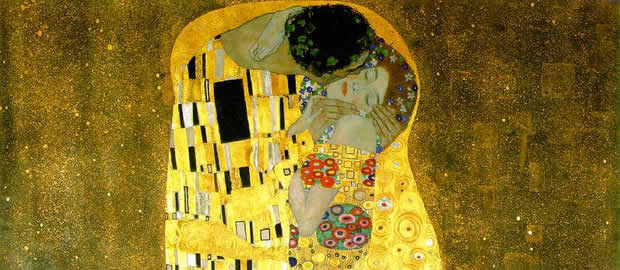The Influential Gustav Klimt The year was 1892. Artists in Austria were growing weary with the societal norms they felt were restricting their creative ambitions to traditionalism and historicism. Many were ready to resign from the Association of Austrian Artists and strike out on their own. Resign they did, under the leadership of none other than Gustav Klimt. Then just thirty years old, Gustav Klimt was a new breed of the artist; a painter who delved into deep symbolism and subjects previously thought too taboo for public displays of art. He was the founder of the Vienna Secession movement and the first president of the Union of Austrian Artists. But Klimt was far more than just his politics; he was an outstanding artist in his
own rite. Klimt's style was very traditional in his early years. It wasn't until after the deaths of his father and brother that he embraced a new lifestyle and the artistic interpretation for which he is now famous. About the time Klimt began experimenting with less traditional art, psychiatrist Sigmund Freud was turning Austria upside down with his new theories regarding psychoanalysis and human sexuality. Klimt was an avid follower of Freud, being heavily influenced by him in his own art. The favourite subject of Klimt's painting was the female body. Combining that subject with his admiration for Freud led Klimt to produce a lot of work with an underlying theme of eroticism. Some of his work, like his Frau bei der Selbstbefriedigung (Masturbation) sketch,…


